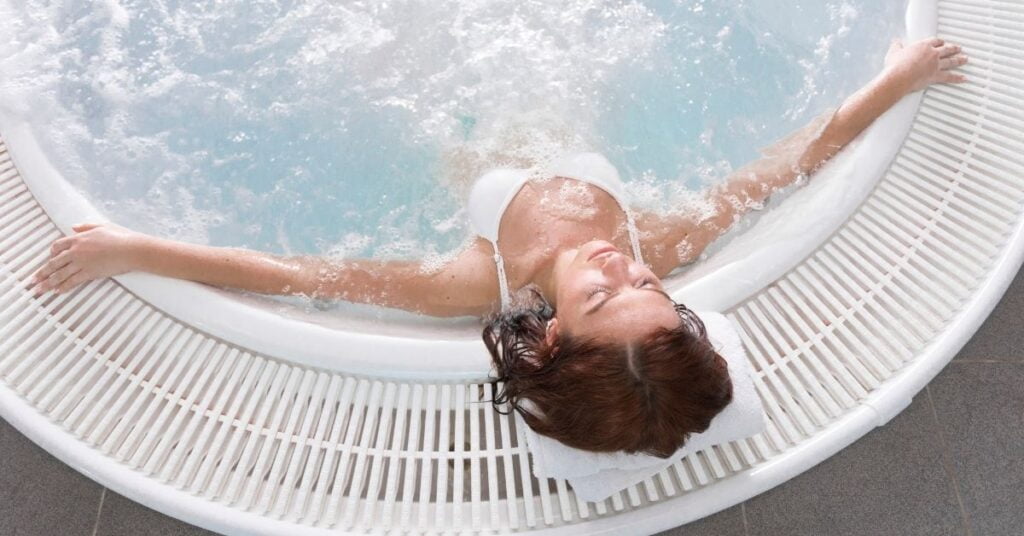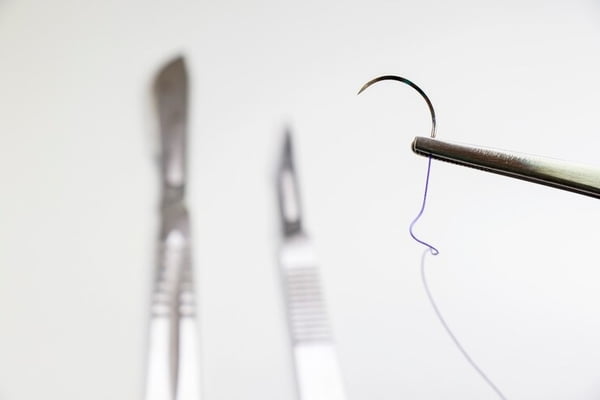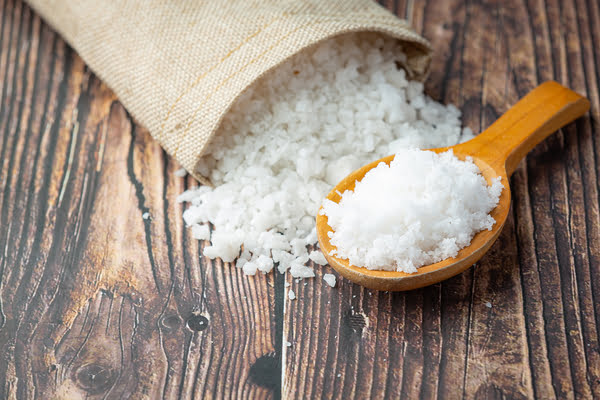This article discusses the importance of bathing after surgery and how to do it safely, avoiding infections and other problems that could occur.
After surgery, one of the first things we want to do is get back to our normal routine as soon as possible. However, bathing can be tricky for some patients because they have dressings, bandages, and casts in some parts. In this article, we're going to talk about how to bathe safely, how to clean your wounds, and what you should avoid doing.
When can I take a bath after surgery?
You may not be able to take a bath right after the surgery. Give yourself time to heal before you bathe. You don't want to take a bath when you're feeling weak or sore from the anesthesia and the surgery. A week or two after your operation, you should be able to bathe again.
Fortunately, as technology in medicine becomes more advanced, we're able to come up with less invasive surgical procedures like laparoscopy. So instead of having one large incision, you may have just two to three small incisions less than a centimeter long. These cuts usually heal between 1-2 days.

But there's more to healing than just your incisions closing up. We need to consider many other factors like mobility, internal healing, and the possibility of relapse or infection due to physical exertion and taking a bath too soon.
First, let's talk about dressings.
Dressings
Dressings can withstand a small amount of water. A little shower or sponge bath won't hurt. Just remember not to shower your dressings directly or submerge them completely underwater, as these might fall off prematurely before giving your incisions a chance to heal completely.
Ask a doctor or nurse for advice about whether your dressing is waterproof. Alternatively, you may also use a waterproof barrier to stop it from getting soaked while taking a bath or shower.
The goal is to keep dressings and wound sites dry for at least two days. Note: this only applies to laparoscopic surgeries as open surgeries take more time to heal properly, between 2 to 6 weeks.
Stitches (sutures) or clips
Your sutures could still be in place long after your dressings have fallen off. By this time, your incisions would have completely healed, and you can take a bath normally. Note, however, that sutures (stitches or clips) can cause some redness and swelling where the stitch enters the skin, along with mild irritation and itching. In this case, you'll have to put off soaking in a hot tub for a week and dial down to showering instead.


Contact your doctor if the discharge does not decrease after a few days, becomes bright red with blood, or contains pus.
Plaster or fiberglass casts
Casts can be waterproof on non-waterproof, much like our dressings. Older casts used to be made of plaster, but fiberglass casts are becoming more popular these days.


People used to think it's not possible to take a bath while on a cast. This is true during the first two weeks when your doctor puts you on a regular plaster or fiberglass cast with an absorbent cotton layer. However, after the swelling has gone down, he may replace it with a plaster or fiberglass cast with a special waterproof liner.
You can resume most of your everyday activities like bathing or even swimming with a waterproof cast.
Epsom salt bath after surgery
Epsom salt is known for its anti-inflammatory properties and can help to ease the pain and discomfort associated with post-surgery recovery. Epsom salt bath is very beneficial to people who have had surgery because it helps to speed up the healing process. It reduces pain, helps promote blood circulation and lymphatic drainage, relax muscles, relieve stiffness and help reduce swelling and inflammation.


Epsom salt bath is also great for people who have arthritis, back pain, and other ailments such as psoriasis, eczema, and other skin problems.
Some tips and information regarding showering after surgery:
Before we wrap up with this article, we want to leave you some tips and reminders to ensure your healing is a smooth-sailing one.
- Follow the hospital's post-operative instructions diligently
- Protect the surgical site with waterproof dressings until they are fully healed.
- Try to shower as soon as possible after surgery, but avoid vigorous activity. Showering just two days after surgery is safe and doesn't increase the risk of infections around the incision site.
- Use a mild soap and cool water to minimize pain and inflammation after surgery.
- Don't use antibacterial or alcohol-based soaps: Alcohol-based soaps kill germs and bacteria, but they also dry out and irritate your skin.
- Ask help from your partner or other family members to help you reach those hard-to-clean spots (like the middle of your back), guide shower spray to avoid getting certain areas wet, and dry off gently.
Conclusion
There's no reason to fear taking a bath after the surgery. In fact, we encourage you to do so within safe bounds. Read through this article and refer to it from time to time. If in doubt, don't hesitate to speak with your physician. Stay safe and enjoy your healing journey.
